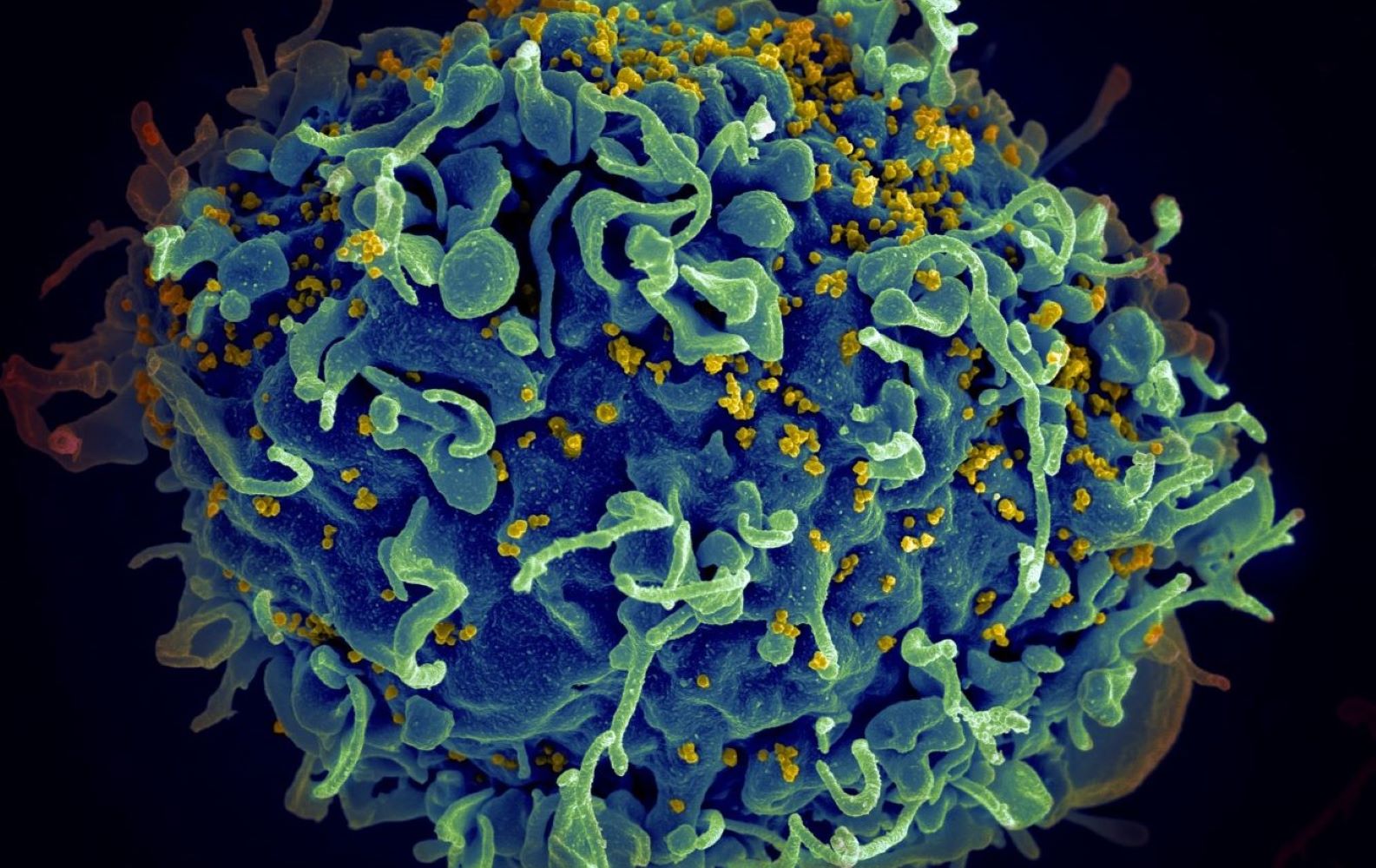Cardiovascular
In Patients With HIV, Non-Alcoholic Fatty Liver Disease Increases Cardiovascular Risk
Patients with HIV and NAFLD experience a greater risk for adverse cardiovascular outcomes than those with HIV alone.
“The study of the risk for adverse cardiovascular outcomes among patients with HIV and nonalcoholic fatty liver disease (NAFLD) is important because both conditions individually are associated with an increased risk for adverse cardiovascular events,” Arunkumar Krishnan, MBBS, and Saleh Alqahtani, MD, explain. “Understanding the combined impact of these conditions can help identify high-risk patient populations and guide appropriate interventions. The need for this research arises from the growing prevalence of NAFLD in persons living with HIV and the need to assess the cardiovascular risk factors and outcomes in this population.”
Further, the extrahepatic manifestations of NAFLD, such as cardiovascular disease (CVD), contribute to higher morbidity and mortality in the general population, according to Dr. Krishnan and Dr. Alqahtani. Such manifestations are as a leading cause of mortality among people living with HIV. “However, the existing studies in this area have certain limitations, such as being conducted in single tertiary care referral centers or lacking appropriate methodological approaches to compare results with a control group,” they note.
For a study published in AIDS, the researchers aimed “to address this critical gap in knowledge and provide more reliable evidence” about the risk for new-onset cardiovascular events among patients with HIV with or without NAFLD. Dr. Krishnan, Dr. Alqahtani, and colleagues conducted a population-based, multicenter, retrospective cohort study of patients with HIV and no history of cardiovascular events who did or did not have NAFLD. Incident cardiovascular events served as the primary outcome and included myocardial infarction (MI); major adverse cardiovascular events (MACE), or the first occurrence of unstable angina, MI, or revascularization, including percutaneous coronary intervention or coronary artery bypass graft; heart failure (HF); and composite cerebrovascular events, defined as the first occurrence of stroke, cerebral infarction, transient ischemic attack, carotid intervention, or surgeries.
Risk for Cardiovascular Events Higher With HIV + NAFLD
The researchers identified 151,868 patients with HIV and no history of cardiovascular events. Following the application of exclusion criteria, 4,969 were identified as having NAFLD. The study team propensity-matched 90% of these patients (n=4,463) to a non-NAFLD control group (n=4,463).
In the unmatched analysis, patients with NAFLD had a significantly higher risk for incident cardiovascular events. In matched analysis, those with HIV and NAFLD had a significantly higher hazard of reaching all four primary outcomes versus those without NAFLD: MI (HR, 1.49), MACE (HR, 1.49), HF (HR, 1.73), and cerebrovascular diseases (HR, 1.25; Figure). For all four primary outcomes, the time to the event was longer in patients without NAFLD (log-rank P<0.01 for all outcomes).
“Patients with HIV and NAFLD had higher risks for cardiovascular outcomes than those without NAFLD,” Dr. Krishnan and Dr. Alqahtani say. “While our study’s findings need to be validated, they underscore the importance of recognizing the heightened risk for adverse cardiovascular events among individuals with HIV and NAFLD. We recommend implementing better screening efforts to enhance clinician awareness of the increased risk.”
Importance of Screening & Directions for Future Research
A “key advantage” of identifying NAFLD early is the ability to implement lifestyle modifications and treatment strategies in a timely manner, the doctors note.
“As there is currently a lack of effective drug treatments for NAFLD, and the cost-effectiveness analysis and long-term benefits of screening are still unclear, routine cardiovascular risk assessments have become even more critical,” Dr. Krishnan and Dr. Alqahtani say. “By incorporating these assessments into the care provided to people with HIV and NAFLD, healthcare providers can proactively address potential cardiovascular risks and promptly initiate preventive approaches.
Such measures reduce the likelihood of adverse cardiovascular events in a “vulnerable” population and can help improve overall health outcomes, the doctors note.
According to Dr. Krishnan and Dr. Alqahtani, future research should examine several areas, including NAFLD progression and its association with adverse cardiovascular outcomes in patients with HIV, the mechanisms underlying HIV, NAFLD, and adverse cardiovascular events, and risk stratification models that would identify patients with HIV and NAFLD at the highest risk for adverse cardiovascular outcomes.
“By addressing these research needs, we can further enhance our understanding of the complex interplay between HIV, NAFLD, and adverse cardiovascular outcomes,” the doctors say. “This knowledge can inform the development of preventive strategies, clinical guidelines, and targeted interventions to improve the cardiovascular health and overall wellbeing of individuals living with HIV and NAFLD.”

